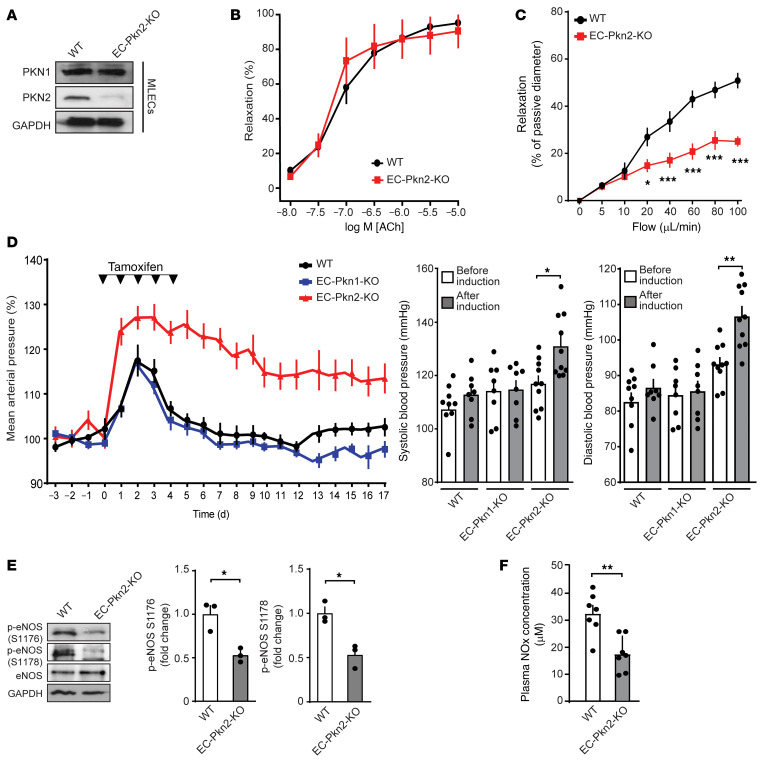Figure 7. Endothelial PKN2 deficiency results in loss of flow-induced vasodilation and arterial hypertension.
(A) Immunoblot analysis of PKN1 and PKN2 expression in mouse lung endothelial cells (MLECs) from 8-week-old WT and induced EC-Pkn2–KO mice. (B) Effect of acetylcholine (ACh) on the tone of mesenteric artery stripes from WT (n = 7) and EC-Pkn2–KO animals (n = 7) was determined after precontraction with 10 μM phenylephrine. (C) Mesenteric arteries isolated from tamoxifen-treated WT or EC-Pkn2–KO mice were precontracted with 100 nM of the thromboxane A2 analog U46619 and were then exposed to stepwise increases in perfusion flow. Flow-induced vasorelaxation is shown as a percentage of the passive vessel diameter (n = 7 WT and EC-Pkn2–KO mice). (D) Blood pressure in WT (n = 12), EC-Pkn1–KO mice (n = 8), and EC-Pkn2–KO (n = 12) animals before, during, and after tamoxifen treatment (induction). Average blood pressure 3 days before treatment was set at 100 %. Graphs show systolic and diastolic arterial blood pressure 4 days before tamoxifen treatment and in the second week after treatment. (E) eNOS phosphorylation at S1176 and S1178 in lysates from mesenteric arteries prepared from tamoxifen-treated WT and EC-Pkn2–KO mice (n = 3 animals). (F) Plasma nitrate and NOx levels in WT (n = 7) and EC-Pkn2–KO mice (n = 7) 10 days after treatment. Data represent the mean ± SEM. *P ≤ 0.05, **P ≤ 0.01, and ***P ≤ 0.001, by 2-way ANOVA with Bonferroni’s post hoc test (B and C) and paired, 2-tailed Student’s t test (D) or unpaired, 2-tailed Student’s t test (F).

